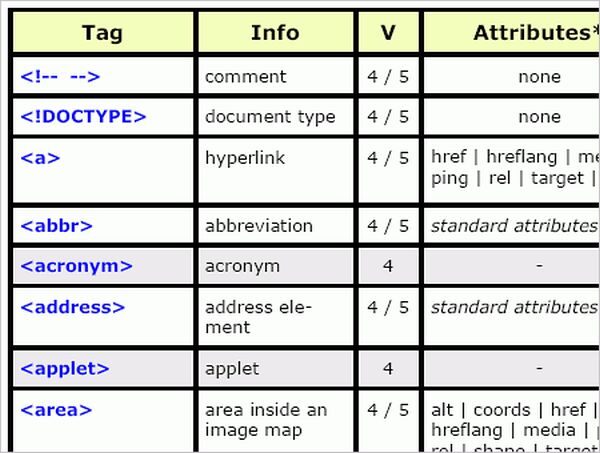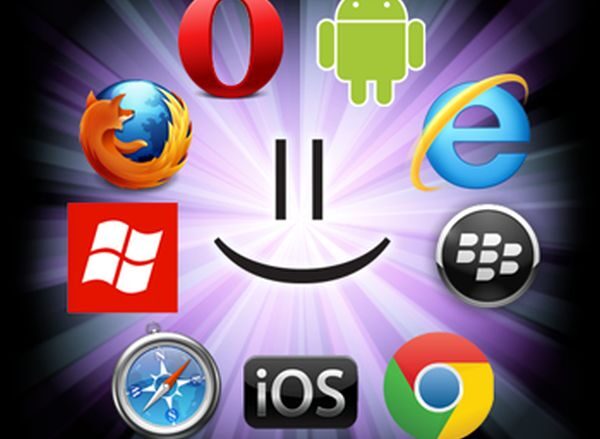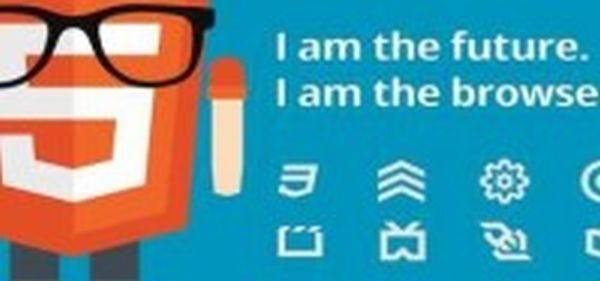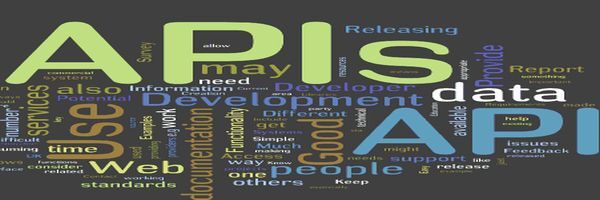The Web is evolving continuously and you can see that novel and innovative websites are being launched every now and then pushing the boundaries of HTML in various directions.HTMl (Hypertext Markup Language) is the language that is used for designing any Web Page.HTML is continuously developing since its introduction on the Web in the early 19990’s.HTML4 and HTML5 are just 2 different versions of the same standard Web Development Language HTML that is developed by WHATWG (Web Hypertext Application Technology Working Group) and W3C ( World Wide Web Consortium ) .
The version 4 of HTML became recommendation in the year 1997 .HTML4 is just like a rough guide to loads of the core features of HTML. HTMl4 does not actually provide sufficient information on building implementations which interoperate with each other and more significantly with great amount of deployed content on the Web. After the version the fifth version of HTML was launched and HTML5 now is the latest version that is ruling the Web World. So as to provide the developers and authors more flexibility and help them create exciting and interactive applications and websites HTML5 has introduced a wide range of features that consist of Application Programming Interfaces, Semantics, Multimedia Structures, Form Controls and many more.
It is going to be a while for HTML5 to be completely adopted as a new standard and everything HTML5 has to offer to be supported by all the Web Browsers.If you are a Web Developer and thinking what you should do? If you are an old professional or new to the game in that case you will have to ask yourself on when and how can you start making the transition over from HTML4 to HTML5? Perchance the foremost thing that you should know and bear in mind is to be on familiar terms with the differences between the two standards HTML4 and HTML5.
Here is a list of differences between the two standards which every Web Dev or an Old Pro should be familiar with:
1) Simplified Syntax :
One of the several novelties of HTML5 is the simple doctype declaration. Unlike HTML4 where you have to write complex and sophisticated doctype declaration now with this novel version 5 of HTML you simply need to use and that’s it. As well this simple syntax is compatible with both XHTML and HTMl4 however it is not compatible with SGML.
2) Web Browser Support :
HTML4 is a markup language that is extensively used for creating websites on the web and is compatible with all the web browsers however HTML5 is not yet completely standardized thereby has limited web browser support with all the major web browsers such as Internet Explorer, Safari, Google Chrome , Mozilla Firefox and Opera supporting most of its features.
3) HTML4-Standardized whereas HTML5 –Work In Progress:
Though it is cool to see that what wonders HTML5 can do for you, you need to know the fact that HTMl5 is not yet standardized like HTML4 and is still work in progress. However with HTML4 you will not have to worry about updating the web pages as it is more than 10 years old from now and has been set as a Web standard. Thus if you directly jump with both your feet into HTML5 you will have to keep making updates because attributes and elements are modified and added several times within a year obviously reliant on to what extent you are dependent on rich elements however it is definitely a risk that you will have to take if you are making use of a Fluid Language like HTML5 for coding so it is better to play with HTML5 and build with HTML4.
4) Mark-Up :
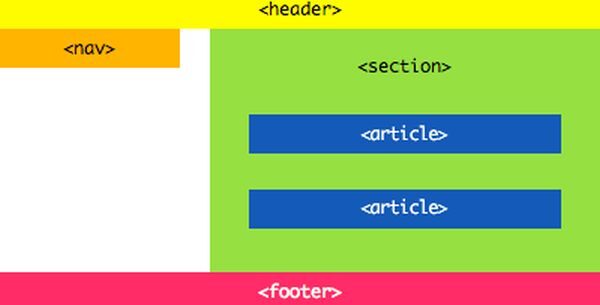
There were a few depreciated tags with HTML4 namely
5) Error Handling :
With HTML4 you can write malformed code and later correct it into a valid document and this is what is referred to s the “Tag Soup”. However the major problem here is that the rules for doing this are not exactly mentioned anywhere and which is why the web developers will have to test the malformed documents on various web browsers (and in particular in the Internet Explorer ) to handle any kind of errors. As well with HTML4 error handling is a way difficult as it lacks rules for passing. Nevertheless the novel version i.e. HTML5 is making attempts to solve this so that the browser developers can actually standardize things and save both money and time. HTML5 makes it easier and more flexible to handle inaccurate syntax and mentions the rules that are related to lexing and parsing.
6) Multi Media Features:

The former version i.e. HTML4 would require the use of external software such as Flash for playing Multimedia Content and Videos which would at times create problems due to incompatibility issues. However with HTML5 you can now directly embed video on the web page devoid of having to use any special software and it is stated that it has the capability to play 8-Bit Video Games on the Web Browser itself.
7) Application Programming Interfaces:
Several API’s have been introduced with HTMl5 unlike HTML4 that contribute to a great extent in creating diverse Web apps. These can be used along with the new elements that introduced with HTML5 for applications:
- There is an API for Drag and Drop functionality that can be featured along with the Draggable Attribute.
- There is an API that will enable Offline Web Apps.
- There is an Editing API which can be featured along with the Global Content Editable Attribute.
It would be a great honor for me to read your comments and please do not feel shilly-shally to add anything that you feel is really necessary for learning and worth it to the HTML standards and features

